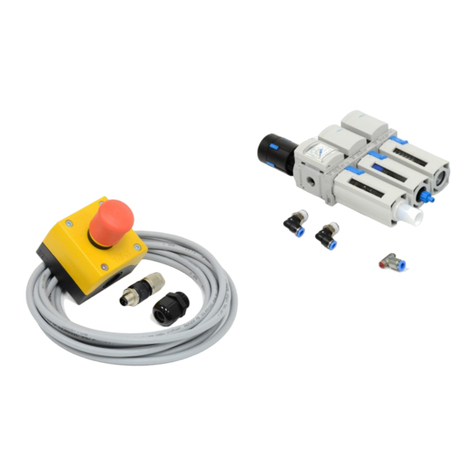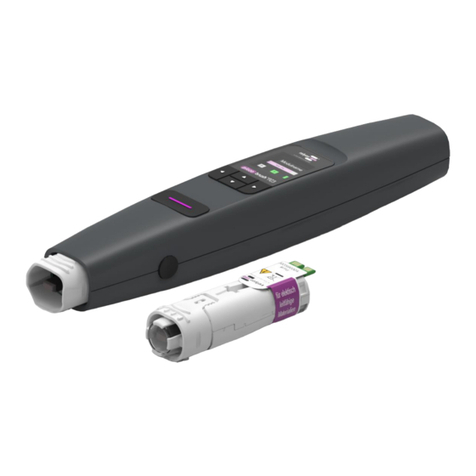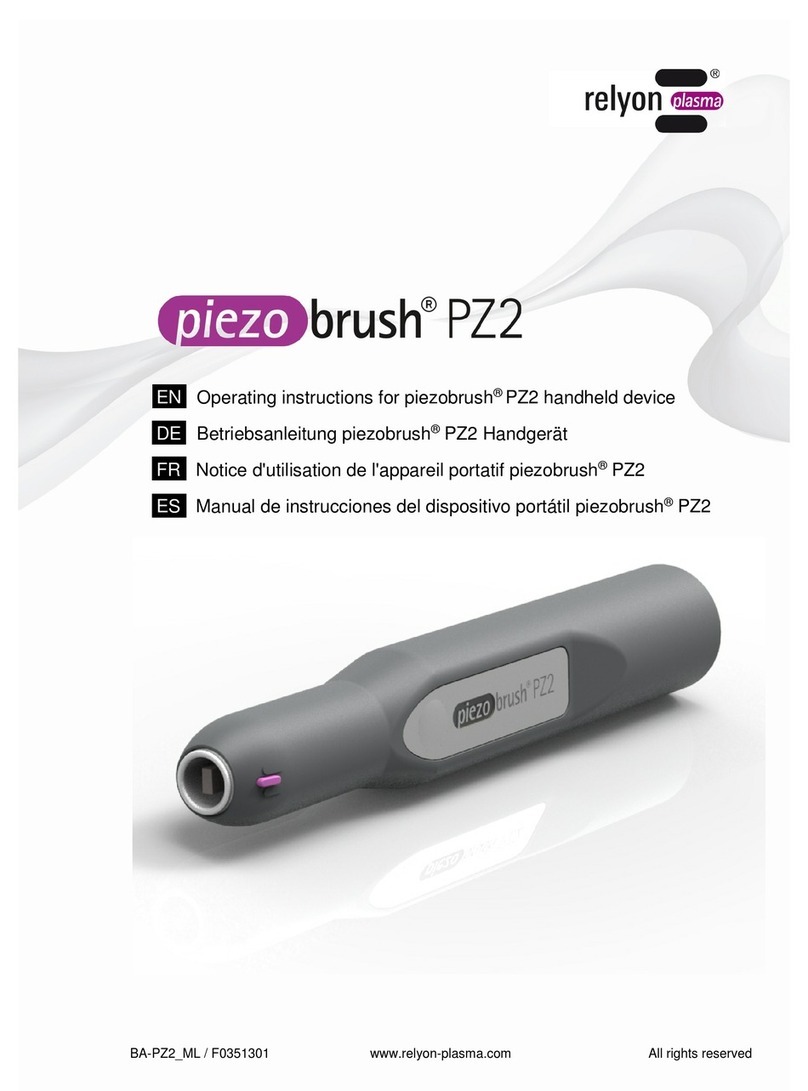
5
1Safety ............................................................................................................................................................6
1.1 Residual risks....................................................................................................................................6
1.2 Information and obligations for the operator.....................................................................................7
1.3 Impermissible operating conditions...................................................................................................7
1.4 Emissions..........................................................................................................................................7
2Description of machine..................................................................................................................................8
2.1 Correct use........................................................................................................................................8
2.2 Scope of delivery...............................................................................................................................8
2.3 Device overview................................................................................................................................9
2.4 Connecting lead assignment...........................................................................................................10
2.5 Cap rail power supply unit assignment ...........................................................................................10
3Technical data.............................................................................................................................................11
4Transport/storage........................................................................................................................................11
5Installation ...................................................................................................................................................12
6Operation.....................................................................................................................................................13
7Taking out of service ...................................................................................................................................13
8Maintenance................................................................................................................................................13
8.1 Cleaning..........................................................................................................................................13
8.2 Changing the nozzle .......................................................................................................................14
9Troubleshooting...........................................................................................................................................14
10 Environment ................................................................................................................................................15
10.1 Disposal ..........................................................................................................................................15
11 Conformity / standards ................................................................................................................................15
11.1 CE ...................................................................................................................................................15
11.2 Product standards...........................................................................................................................15
12 Spare parts..................................................................................................................................................16






























